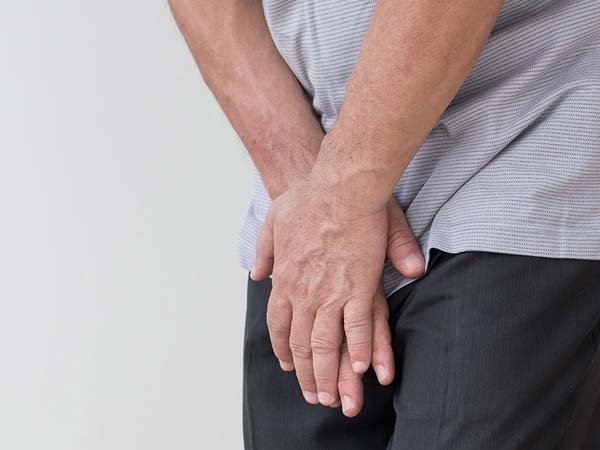Testicular hydrocele is a medical condition characterized by an accumulation of fluid in the sac that surrounds the testicles. It is a relatively common condition, especially in males over the age of 40, and can cause discomfort and swelling in the affected area.
Symptoms
The most common symptoms of testicular hydrocele include swelling in the scrotum, discomfort or pain in the affected area, and a feeling of heaviness or pressure. In some cases, the swelling may be more noticeable after physical activity or standing for extended periods of time. The condition may affect one or both testicles.
Causes
There are several potential causes of testicular hydrocele, including injury or trauma to the scrotum, infections in the scrotal area, or inflammation of the epididymis. In some cases, the condition may be due to an underlying medical condition, such as testicular cancer or cirrhosis of the liver.
Diagnosis
To diagnose testicular hydrocele, a doctor will typically perform a physical examination of the affected area, as well as a medical history review. Additional tests, such as an ultrasound or blood tests, may also be necessary to rule out other potential causes of the swelling and discomfort.
Treatment
In many cases, testicular hydrocele will resolve on its own without medical intervention. However, if the swelling and discomfort are causing significant discomfort or affecting daily activities, treatment options may include medication to reduce inflammation, aspiration to remove the excess fluid, or surgery to repair the underlying issue causing the hydrocele.
Prevention
There are no specific measures that can be taken to prevent testicular hydrocele, but taking steps to maintain good overall health and wellness may help reduce the risk of developing the condition. This includes maintaining a healthy diet and exercise routine, avoiding activities that could lead to injury or trauma in the scrotal area, and seeking prompt medical attention for any scrotal infections or injuries.
Overall, testicular hydrocele is a common condition that can cause discomfort and swelling in the scrotal area. While it may resolve on its own without treatment, medical intervention may be necessary in some cases. By understanding the symptoms, causes, and treatment options for this condition, individuals can take steps to manage their symptoms and reduce the risk of long-term complications.











